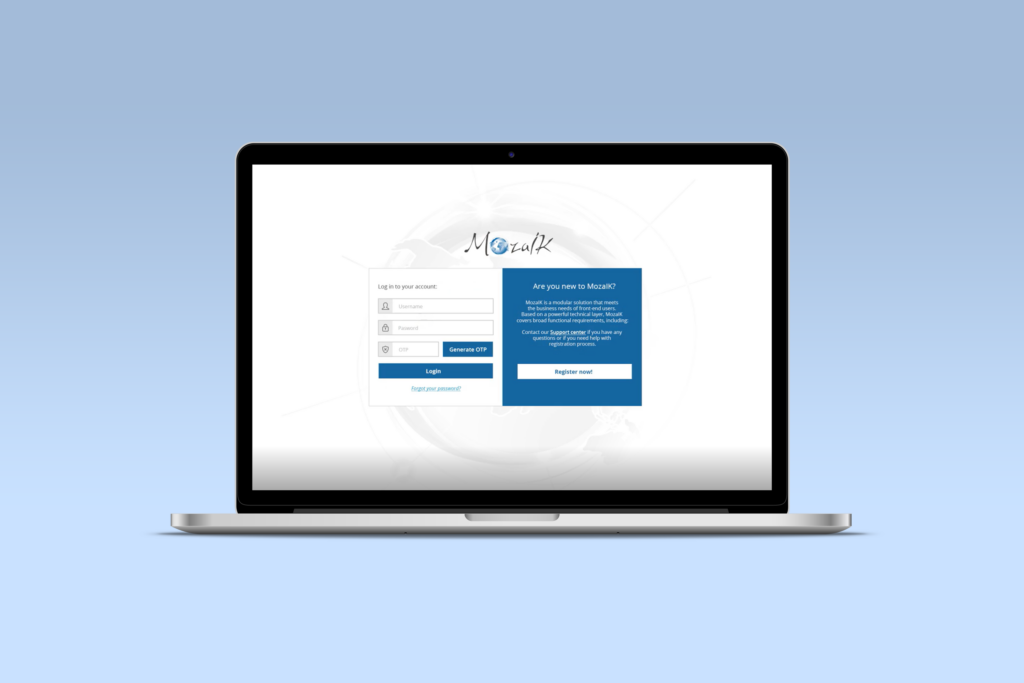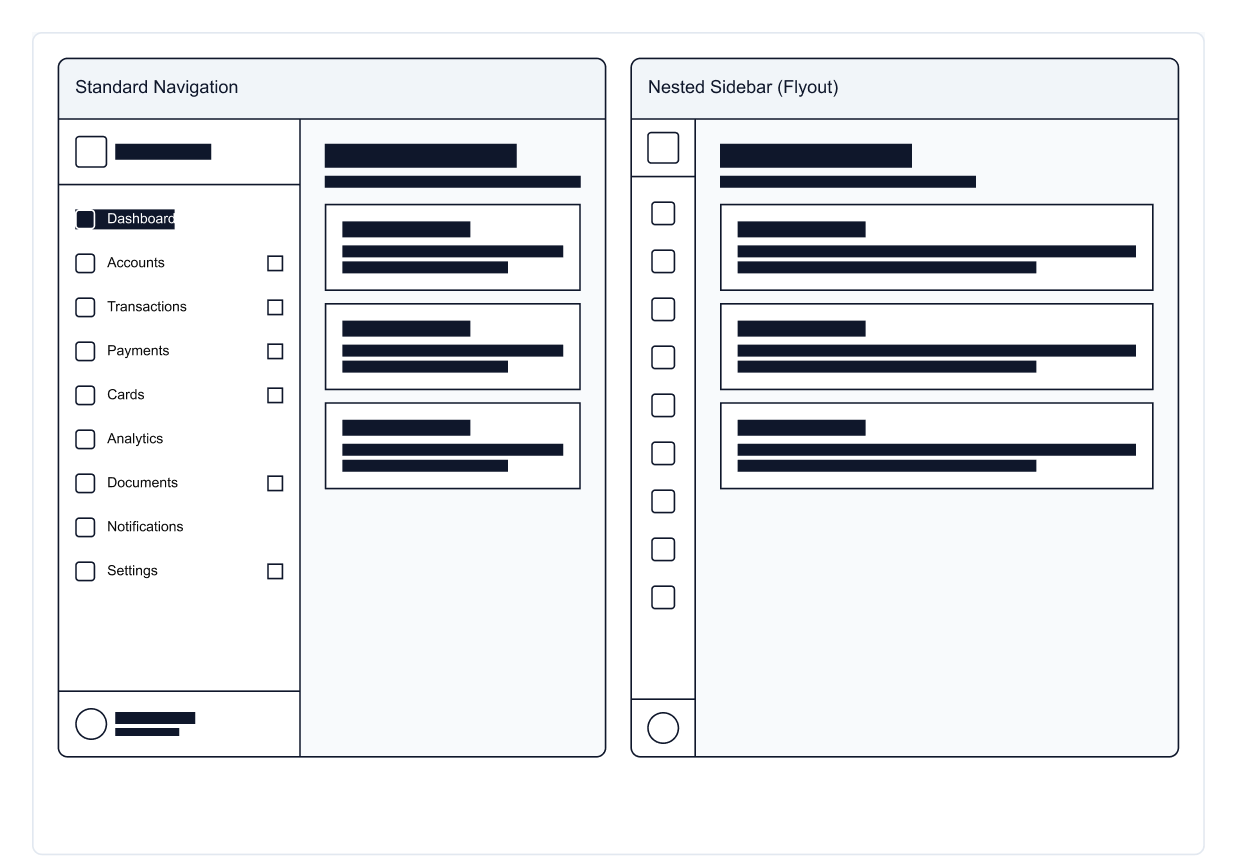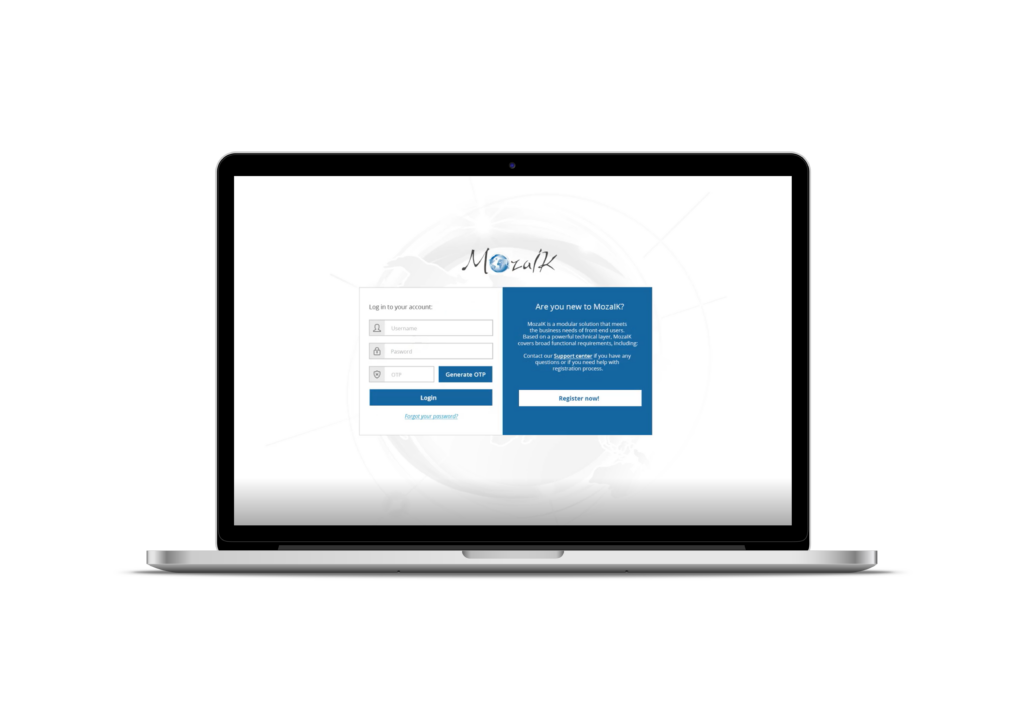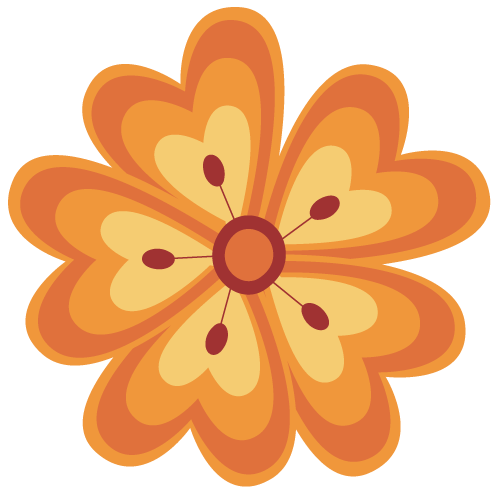Mozaik Platform
CLIENT
Jiway S.A.
ROLE
UX & UI Designer
TIMELINE
2018-2019
FOCUS
UX Research · Dashboard & Workflow Design · Design System
CHALLANGE
Banks and financial professionals were managing fragmented tools – document management, business process workflows, CRM, reporting. The lack of integration increased errors, delayed processes, and created steep training curves.

Context & Challenge
My goal was to redesign the experience around clarity, consistency, and scalability – creating one cohesive system that could grow with Jiway’s clients across Europe.
Some of the biggest challenges were:
- Fragmented navigation between modules caused user confusion.
- Inconsistent UI patterns led to repeated errors.
- The interface felt heavy and intimidating to new users.
- The platform’s growth was limited by the lack of a scalable design system.

Research & Insights
Fragmented Workflows
Switching between modules interrupted users’ focus and slowed completion time.
Complex Onboarding
Onboarding a new staff member required nearly a month of training.
Lack of Visual Cues
Design Process
STEP 01
Mapping Complexity
I started by mapping every interaction within the system, identifying overlapping processes and redundant screens.
This revealed where users were losing context and helped define a clear, hierarchical structure for the new navigation model.


STEP 02
Unify navigation & reduce steps
Based on the maps, I proposed a single navigation model and a landing dashboard that surfaces the most-used actions and in-progress items. Labels, groupings, and paths were simplified so users could reach key tasks with fewer clicks.
STEP 03
Systematize the UI
I created a reusable component library (cards, tables, filters, forms, notifications) with consistent typography, spacing, and color roles. This design system aligned teams, sped up delivery, and ensured new modules could plug in without visual drift.

STEP 04
Prototype, review, iterate
Outcome & Impact
–35% Faster Onboarding
–40% fewer user errors
–33% quicker module rollout
1,000+ professionals using MozaIK

Learnings & Reflection
